Rethinking Brain Tumor Segmentation from the Frequency Domain Perspective
(2025)
Journal Article
Shao, M., Wang, Z., Duan, H., Huang, Y., Zhai, B., Wang, S., Long, Y., & Zheng, Y. (online). Rethinking Brain Tumor Segmentation from the Frequency Domain Perspective. IEEE Transactions on Medical Imaging, https://doi.org/10.1109/tmi.2025.3579213
Precise segmentation of brain tumors, particularly contrast-enhancing regions visible in post-contrast MRI (areas highlighted by contrast agent injection), is crucial for accurate clinical diagnosis and treatment planning but remains challenging. How... Read More about Rethinking Brain Tumor Segmentation from the Frequency Domain Perspective.
